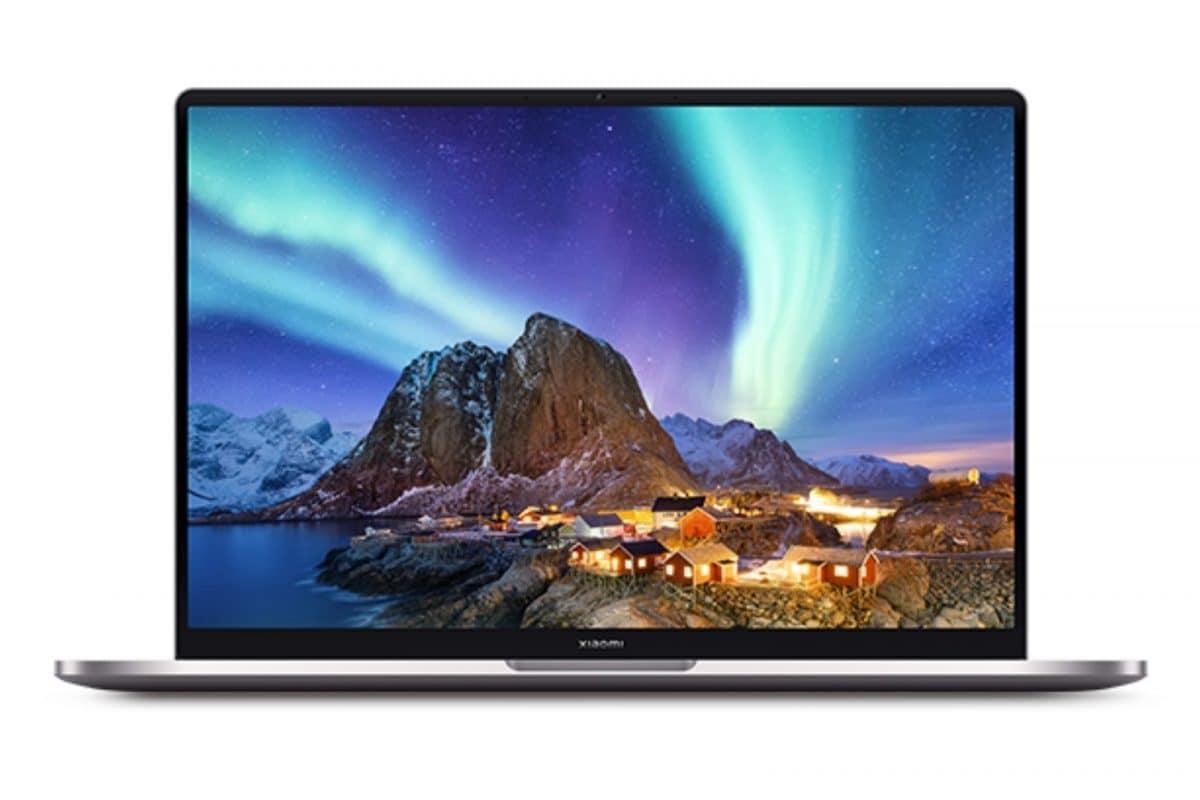The timing was right. The approach was well calibrated. And the balance of value wasn’t tinkered with. Last year, Xiaomi India’s launch of what was the first generation of the Mi Notebook 14 laptops, followed by the addition of the Redmibook 15 laptops as we’ll gave them a solid footing in the Rs 40,000 to Rs 60,000 price band. That’s perhaps the most popular for new laptop buyers, after the budget space that sits below Rs 30,000. The Mi Notebook 14 series got a lot of things right, including the sort of specs that were a notch more powerful than the general trend laptops followed around that price. Following up 12 months later, things have moved forward quite a few steps. With the Mi Notebook Pro and the Mi Notebook Ultra. And it is the latter that we are reviewing here, more exciting and definitely more desirable.
There are three variants of the Mi Notebook Ultra that will go on sale in India. The Intel Core i5-11300H with 8GB RAM is priced at Rs 59,999 while the mid-range spec with the same processor but 16GB RAM carries a Rs 63,999 sticker price. The top-of-the-line variant with the Intel Core i7-11370H processor along with 16GB RAM is priced at Rs 76,999. This sits just a notch above the Mi Notebook Pro in terms of price with similar spec combos yet differing in a few features. A year later, Xiaomi still has that undisputed advantage of the price you pay balanced with the specs that you get for the price. The new Dell Inspiron 15 laptop series, for instance, starts at Rs 50,990 going all the way up to Rs 86,990. The most inexpensive Intel Core i5-11300H processor powered variant with 8GB RAM is priced at Rs 64,989. That’s a bit more than a Mi Notebook Ultra with the same processor and 16GB RAM costs—and additionally around Rs 5,000 more for a like-for-like spec. The most inexpensive Dell Inspiron 15 with an Intel Core i7-11370H chip costs Rs 86,990. Now that isn’t even in the same ballpark.
Xiaomi’s aggressive push to gain the price vs specs advantage has most certainly not come by nicking things off the spec sheet or compromising on the build quality. The Mi Notebook Ultra is a testament to that. Aluminum build all through, and this is the Aluminum 6 Series alloy, to be specific. What you’ll get is a colour called Lustrous Gray and it has a very nice matte finish too. If I say it, a bit like the Apple MacBook Pro series. In fact, there is a definite resemblance and that absolutely isn’t a bad thing. This colour finish is a tad lighter than the MacBook’s Space Grey. The flat sides, the groove to stick your thumb in to open the lid and the design of the hinge as it looks from the back add to that similarity. The Mi Notebook Ultra also ushers in the new logo era—Xiaomi written across the lid instead of Mi. This weighs around 1.7kg, which is there and thereabouts for a 15.6-inch display size laptop. But you know this is a Windows laptop when you look at this from side-on—it tapers towards the front with a curve to hide the actual thickness underneath the laptop, and isn’t completely flat retaining the same thickness, the way a MacBook Pro would.
A lot of work has gone into the Mi Notebook Ultra’s 15.6-inch display. And that perhaps is the biggest upgrade year on year, apart from the expected specs updates. This has what is called the Mi TrueLife+ Display. Underneath it is an IPS screen, but just not any IPS screen. The 3200 x 2000 resolution, also called 3.2K, is available in laptops that cost a lot more. This has the 16:10 aspect ratio, again being one of the early adopters of the change. This is calibrated for 100% reproduction of the sRGB Wide Color Gamut and supports the 90Hz refresh rate—most laptop displays are still stuck in the 60Hz era. You can switch between 60Hz and 90Hz in the display settings or via the Fn+S key, with the faster refresh rate more than happily welcomed if you’re watching videos or movies. Without doubt, that’s more pixels than a Full HD screen, something that immediately adds value to the money you’ll be spending on the Mi Notebook Ultra. And then there is the small matter of how it is tuned—this is one of the best laptop displays you will find in Windows 10 laptops this side of the Rs 1,00,000 price marker. There is a lot of brightness when you need it and yet when dialed down, this settles into a very comfortable usage pattern for using in dim lighting without any eye strain. There’s DC dimming working, again something not a lot of laptops have.
On the keyboard side of things, this is a much larger canvas to work with and you’ll be getting a full-sized keyboard as well as a really large trackpad. I quite like the key spacing and how easily the fingers get used to the placement. The gaps are just about right. Each key press and the resulting consistency will be appreciated when you start thrashing out a document quickly on this. I’d have preferred a slightly shaper audio feedback for each key press, but even as it is, there really isn’t anything wrong with it. That’s more of a subjective thing, than anything else. Last year’s first gen laptops did miss out on backlighting, but corrections have been made and what you get this year are also three step controls for adjusting the backlight illumination for the keyboard.
With an Intel Core i7-11370H processor with 16GB RAM powering the Windows 10 experience on the Mi Notebook Ultra that I am reviewing here, there really isn’t any shortage of power and performance when you need it. This is the Tigerlake family of chips and that means this will clock up to 4.8GHz as required. Alongside are the new Intel Iris Xe graphics. The 512GB SSD is fast, and that helps with keeping the overall performance chugging along. It is confirmed the Mi Notebook Ultra will get the Windows 11 upgrade when it rolls out later this year. One thing to keep in mind is that chips as powerful as these will expend a lot of heat when stretched. Xiaomi has given this a large 6mm diameter fan on the underside to push the hot air out. If you are using this for multitasking, you will feel it. Heating on the underside becomes quite apparent but the good thing is, none of that seems to filter through to the keyboard deck or the palmrest areas. Using Fn+K can let you toggle between the Balanced Mode and Quiet Mode.
Xiaomi claims more than 12 hours of battery life from the Mi Notebook Ultra in some usage conditions. When used for regular workday processes and workflows, the Mi Notebook Ultra for me lasted a bit more than 10 hours with the screen brightness at 50% with the display set at 90Hz and almost 13 hours with the display brightness at 20% and the refresh rate at 60Hz. All through this time, there were times when the fans did speed up to manage the heating because a lot of Microsoft Edge tabs and documents were being accessed and switched between. The fact that the Mi Notebook Ultra gets fast charging, will really help if you are about to step out for meetings, and need a quick splash and dash. The charger can dump as much as 50% charge in 45 minutes of plugged-in time, which should give you half or maybe a bit more of the battery run times I’ve illustrated above.
The Last Word: Doing What It Does Best, Which Is Worrying Rivals
Laptops are very much a must-have, and it has been that way since last year. The first shot at the market was definitely a success for Xiaomi, and the learnings from that are showing up in the Mi Notebook Ultra. Little things have been changed, tweaks have been implemented and the core uniqueness of price and value hasn’t changed. The Mi Notebook Ultra is still getting you better specs, variant for variant, compared to rivals. And for longevity, that’s a good thing. And it isn’t just substance. This delivers on every aspect of the performance checklist too. And does so while looking good. It is hard to have all this come together so well while undercutting the rivals quite extensively—and the Mi Notebook Ultra has done it, without even coming close to any sort of visible attempts to save money or compromise on the specs.




